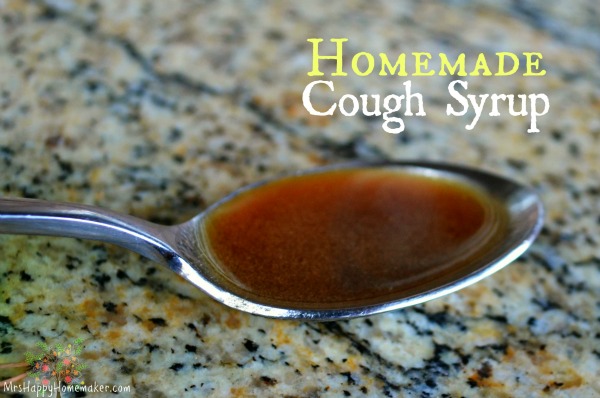The Habit of Healthy Living: Tips for Natural Health & Weight Loss ~ Part 1
BY ANDREA
“If I’d known I was going to live so long,
I’d have taken better care of myself.”
~Leon Eldred
I’d have taken better care of myself.”
~Leon Eldred
Our modern, popular culture is full of in-your-face health and weight loss advice!
Especially this time of year…wouldn’t you agree!?!
This advice is most often focused on short-term plans — a.k.a. fad diets — and usually promotes an endless cycle of “yo-yo” dieting. The emphasis always seems to be on calorie counting or some “magic supplement” that’s going to cure your weight loss woes.
Now, if I’m honest, I’d have to say that some of these diet plans aren’t all together bad. Yet they all seem to carry a flaw…
…drastic change.
Calling for a drastic change in lifestyle in order to achieve health is hard to sustain, and inevitably we see temptation give way to failure.
Today I’d like for us to review a few common-sense tips that will hopefully help us to rewire our perspective on diet and nutrition so that we can gain health and balance — and lose weight…naturally.
The Habit of Healthy Living
More often than not, humanity seems to perceive the body as a object…something that can be manipulated to meet certain criteria.
Criteria unfortunately set forth by mainstream advertisement.
Of the many dangers that lie in that type of comparison thinking…the most common revolve around:
- a style of dieting that more often than not, robs the body of proper nutrition.
- an exercise regime that leaves the body stressed and over-worked.
So instead of living in extremes, why not work on shifting our thinking — by making small changes — and the good habits will follow!
Baby Steps
What follows is just an example of a few things that have helped me. Take and use what you can, making whatever changes necessary for your unique needs.
1. Inside out. I hope you don’t mind if I ask, but…how do you view your body? Most people go through life very unaware of their physical body — i.e. muscles, organs, skin, bones. The exception comes, of course, when something goes wrong or starts to hurt. But, what if we started to view our bodies from the inside out. What a difference that small shift would make!
2. Every Meal. Think of every meal as an opportunity to improve your health. Food is not the enemy nor is it a source of emotional comfort. Choose foods that benefit the body — ones that are nutritionally dense and life-giving. Learn more from online workshops and/or eBooks such as:
- Gnowfglins eCourse
- Whole Food Kitchen Online Workshop
- Good and Easy Eats
- Eat This: Meal Salads & Whole Foods Dressings
3. Replace commercially-prepared (bad) foods with whole, natural (healthy) foods.And be sure that they are ones you and your family enjoy! I get that frozen, overly-processed, and take-out dinners can at times seem like a real “calorie bargain” — with all of their promises to satisfy your hunger while still keeping everything under a set calorie limit — but trust me…they hold countless hidden dangers.
Why not baby step from:
- sugary cereal to whole grain cereal or better yet homemade instant oatmeal.
- ordering pizza to making it a home.
- drinking soda to drinking water or yummy herbal teas.
Here’s an excellent case for eating whole, natural foods (including plenty of raw) and examples of how they can work to restore health.
4. Buy in Bulk. Buying in bulk is a great way to stock up on healthy snacks…it also makes it easier to keep them handy for those times when the food cravings hit. I love buying and preparing little baggies of:
- nuts instead of chips.
- dried fruits and berries instead of candy.
5. Set a goal. Set it in your mind, tell yourself daily, and make your it your goal to feel healthier, more at peace, energetic, stronger and more flexible. Let weight loss be a natural side-effect of gaining health!
6. Get sleep. Although reasonable calorie restriction and excerse are most often recommended (and required) for weight loss…there is significant evidence to show thatinadequate sleep is huge contributing factor to obesity. In fact, lack of sleep increases the body’s desire to consume more food and seriously messes with the appetite-regulating hormones.
7. Start looking to plants and minerals. Plants, herbs, and natural earth minerals offer some of the most absorb-able forms of nutrients…one’s that our bodies just drink up with excitement! Instead of looking to synthetic supplements…shift your gaze toward the earth.




.jpg)













